If you've been around here for a bit, you've probably heard mention of bridges and/or wrapped tokens (like wrapped Bitcoin, or WBTC). Here's an explanation of what these bridges do, how they do it, and what their relationship with wrapped tokens is.
What are Bridges
In short, bridges allow us to take assets from one blockchain and move them onto another chain where they are not native. For example, the Bitcoin-Ethereum bridge allows us to move our BTC from the Bitcoin network onto the Ethereum network, making it possible for your BTC to interact with the entire world of DeFi on Ethereum. For instance, this would allow you to use a DEX to buy ChainLink, an erc20 token native to the Ethereum network, with Bitcoin, which is not native to the Ethereum network. As another example, it would allow you to lend your BTC on Aave, an Ethereum-based lending protocol.
Before bridges, there was no possible way for assets on one blockchain to interact with another blockchain. Each network was isolated.
Now, you might be thinking "but we could already buy LINK with BTC on any CEX". Yes, this is true. But when we do, the LINK and BTC do not actually interact or even know about each other. No transaction actually occurs on-chain, for either of the two chains involved. Instead, the CEX just has one wallet for every major chain, and holds a giant pile of each of its assets in those wallets. When you trade a BTC/LINK pair on the CEX, all it is really doing is crediting your account with a voucher for some of the LINK in their huge LINK pool, and debiting you a voucher for some of the BTC in their BTC pool. This is how they make it seem like you can directly swap BTC and LINK despite them being on different chains.
With bridges, you can actually interact across chains. This is a big deal in the world of DeFi.
How they Work
A wrapped coin is a token that lives on one network (usually Ethereum) while representing a coin from another network.
Let's use as an example the biggest wrapped coin in crypto: wrapped Bitcoin. If you want to mint some WBTC, you would send your BTC to the Bitcoin/Ethereum bridge. Your BTC would get locked up at the bridge, and the equivalent amount of WBTC would be minted on the Ethereum side of the bridge.
Once you have your WBTC on the Ethereum side, you can do anything you want with it in the Ethereum ecosystem. It is simply an erc20 token, so you can do with it anything you could do with any other token on Ethereum.
Whenever you want to bridge your WBTC back to the Bitcoin network, you send it to the bridge, where it will be burnt, and then your locked BTC on the Bitcoin side becomes unlocked.
This way, you can always exchange 1 WBTC for 1 BTC on the bridge, and vice versa. This fixed exchange rate means that if ever the prices of BTC and WBTC diverge, then arbitrage traders would take advantage of that opportunity by sending some of the cheaper asset over the bridge in exchange for the more expensive asset, which would correct the price difference. Thus, a wrapped coin is always pegged to its native version, as they are backed 1-to-1.
Also, anyone can redeem their WBTC for BTC, even if they weren't the one who minted it (say they bought their WBTC from somebody else on the Ethereum network), because the amount of WBTC in existence will always be exactly the same as the total amount of BTC locked at the bridge. So, no matter where you got your WBTC, you know there is always an equally-sized pile of BTC waiting for you at the other side of the bridge if ever you choose to redeem.
The Future of Bridges and Interoperability
The dream is that one day, all the major blockchains will be bridged with all other major blockchains, allowing us to fluidly move any of our assets anywhere in the cryptoverse. This idea is known as interoperability. The problem is that as the number of blockchains go up, the number of bridges required to link them all together increases quadratically. If you already have 2 blockchains, and then a third one is created, it just needs to build 2 bridges to be connected to the existing blockchains. But if you already have 100 blockchains, and then a 101st is created, it needs to build 100 bridges to connect to all existing blockchains. So, for n blockchains, we need (n - 1)+(n-2)+(n-3)+...+3+2+1 bridges (this is known in math as the nth triangle number). This is not very scalable. The bigger this system grows, the harder it is for it to grow more.
This is where interoperability platforms (known as "layer 0 blockchains") come in. The main examples of this type of network are Polkadot (DOT) and Cosmos (ATOM), with low cap underdogs Nervos (CKB) and QUANT (QNT).
These chains aims to fix the quadratic scaling issue of bridging networks by providing hubs of bridges that all chains can connect to. I'll use Cosmos as my example.
Cosmos has made something called the Inter-Blockchain Communication Protocol (IBC). This protocol allows for the creation of things called hubs, like the Cosmos Hub.
An Interoperability hub is basically a platform to which all other blockchains build a single bridge. It's like a huge intersection of bridges. If your blockchain is connected to a hub, then you can bridge your assets to the hub, and then from there to any of the other chains that are linked to the hub.
With such a system, you only need n bridges to fully connect n blockchains. If you have 100 blockchains, they each just need 1 bridge to the hub, so you only need 100 bridges. This is as opposed to linking each blockchain individually, which would require 5050 bridges for 100 chains.
I hope someone finds this useful!
[link] [comments]

You can get bonuses upto $100 FREE BONUS when you:
💰 Install these recommended apps:
💲 SocialGood - 100% Crypto Back on Everyday Shopping
💲 xPortal - The DeFi For The Next Billion
💲 CryptoTab Browser - Lightweight, fast, and ready to mine!
💰 Register on these recommended exchanges:
🟡 Binance🟡 Bitfinex🟡 Bitmart🟡 Bittrex🟡 Bitget
🟡 CoinEx🟡 Crypto.com🟡 Gate.io🟡 Huobi🟡 Kucoin.

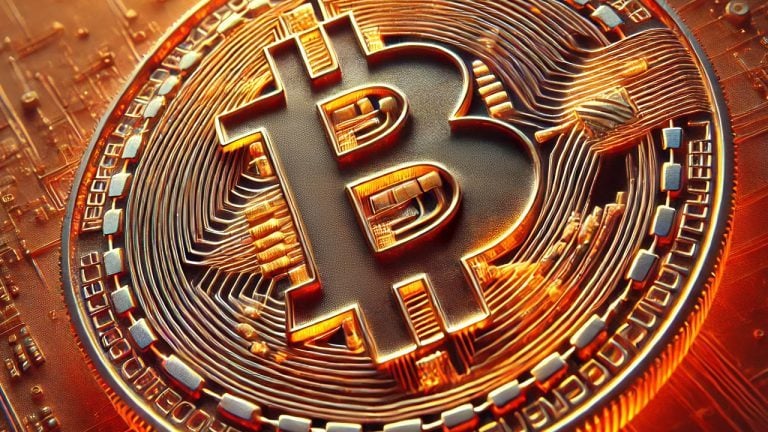


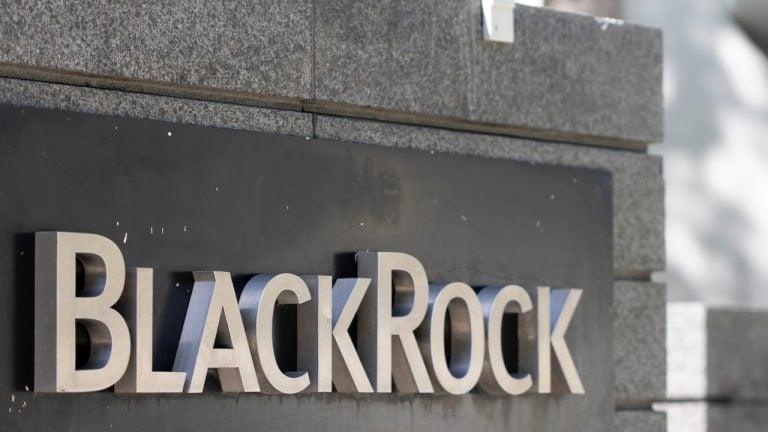

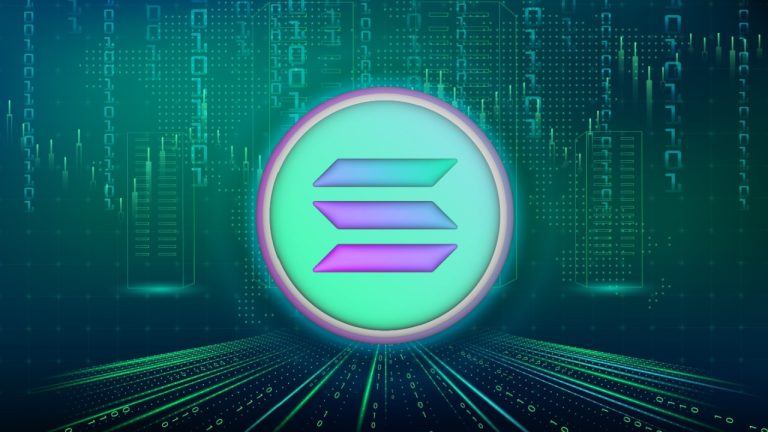

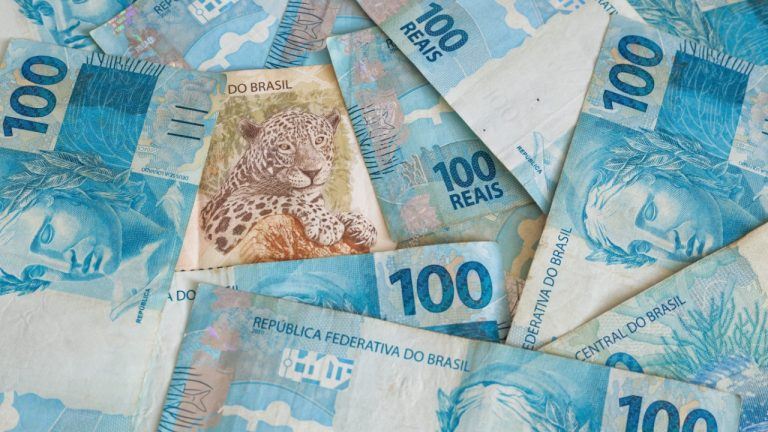
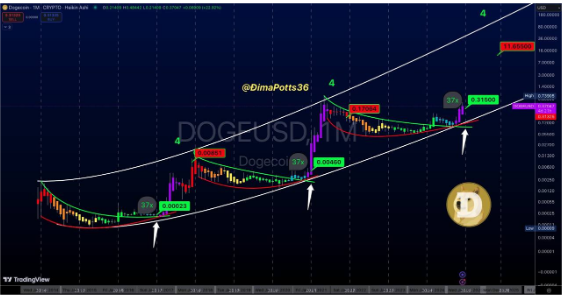

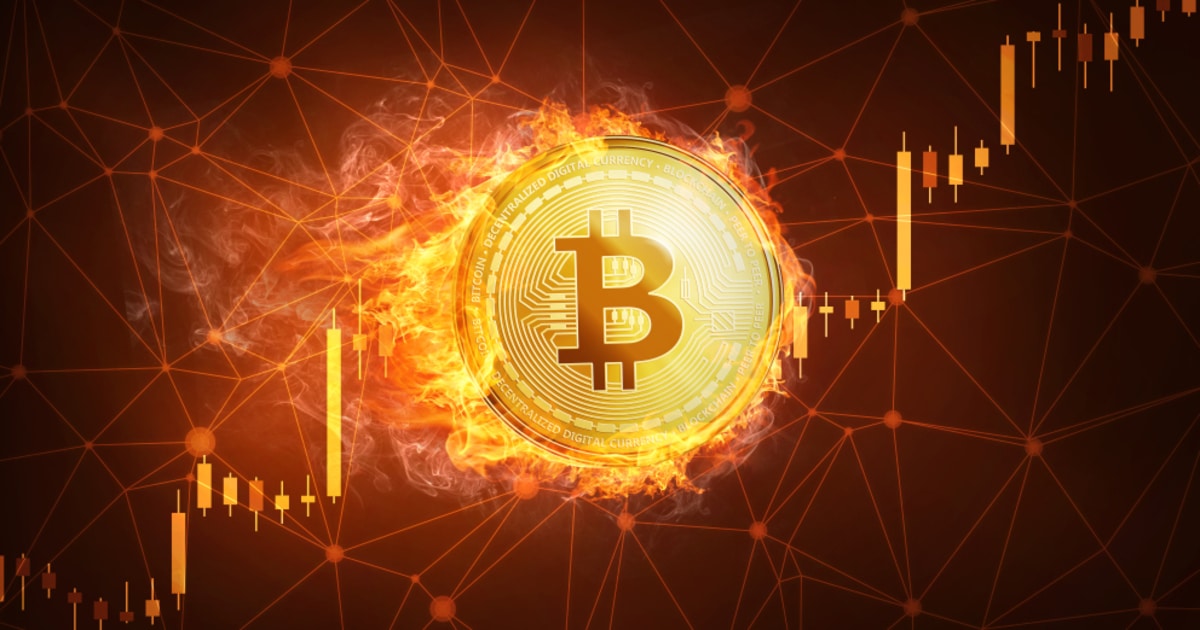


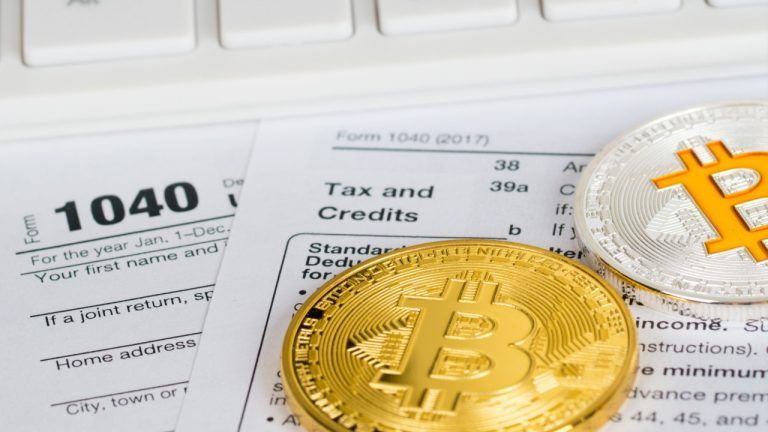
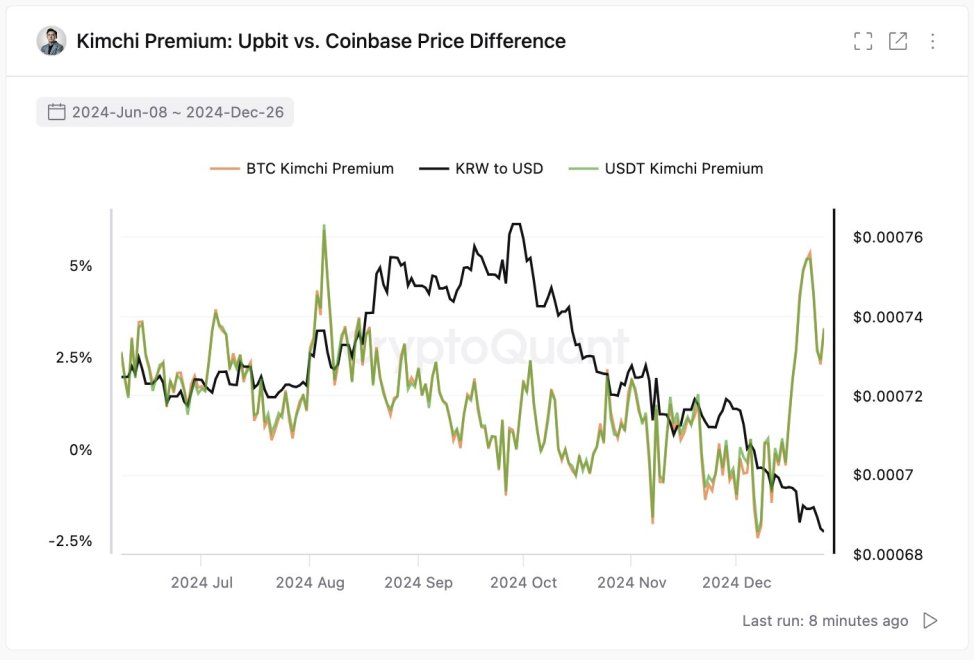

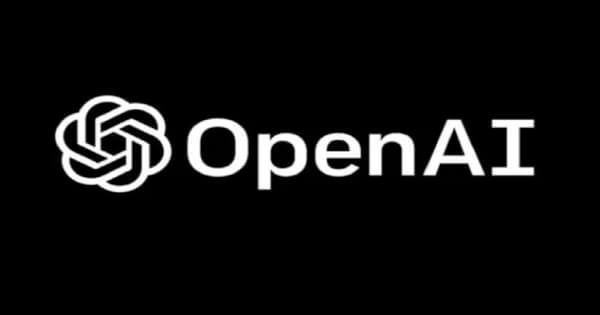
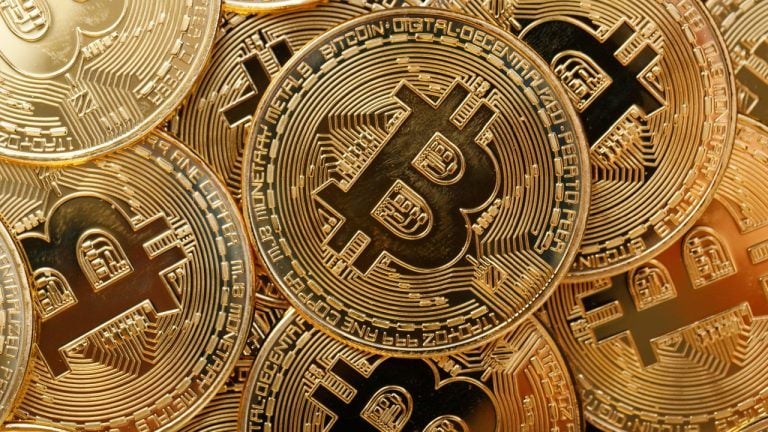

Comments